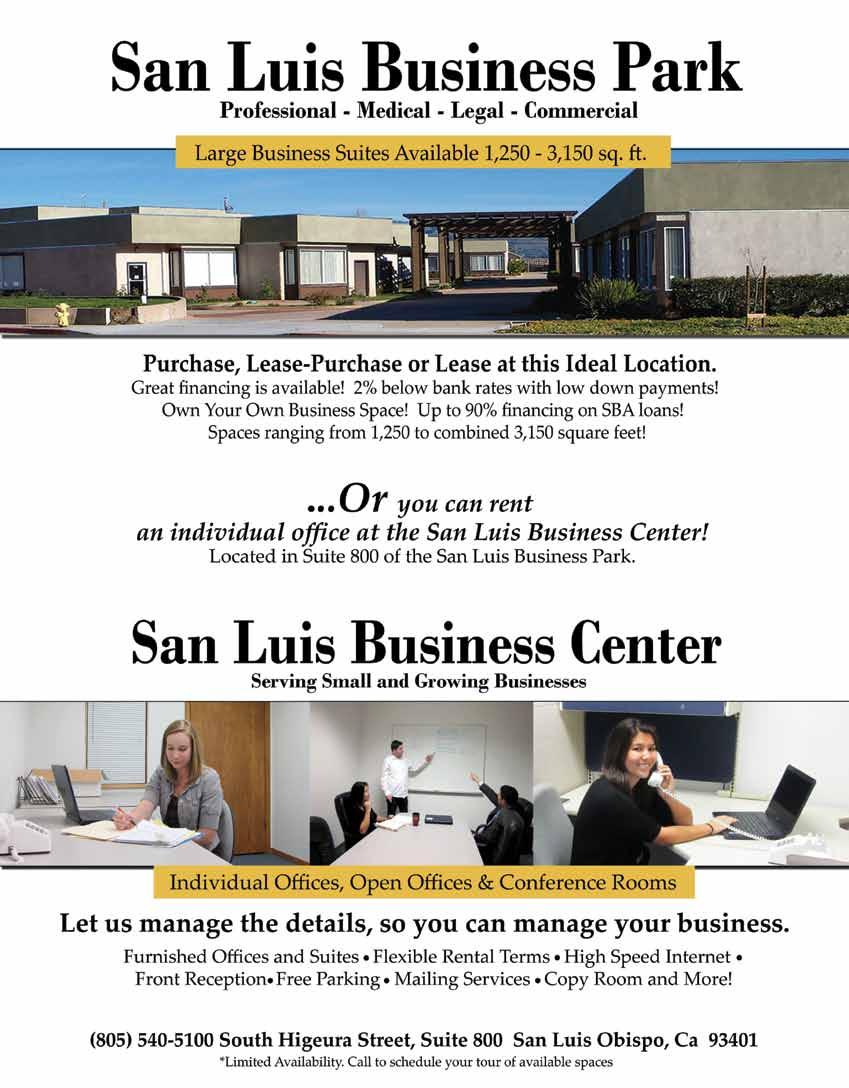
2 minute read
Business
Bootstrapping Your Business
We’ve all heard the term “pull yourself up by your bootstraps,” but what does it mean in the context of starting a small business? Simply put: to “bootstrap a business” means to start and grow the enterprise with only the profits created by the company. In other words, you do not borrow money from the bank, or family and friends, or find an investor - instead the money to grow the business comes from the business itself.
Bootstrapping is more common these days as the credit markets have tightened up, and banks have become reluctant to lend money to small companies. There are some who would argue that bootstrapping is actually a better way to get started anyway, as having a large sum of cash in a start-up can often lead to a false sense of security. The reality of not having a safety net and the neccesity of generating your income immediately really helps you focus on what is important since you have very little margin for error.
Of course, not all types of businesses are suited for bootstrapping. For example, a retail store would require that you purchase inventory in advance. A restaurant generally requires an expensive investment in appliances and equipment. But, there are many types of businesses that can be started with very little or no cash. Service businesses are often good ones, particularly those that rely on hand labor and very little equipment with no licenses or certifications needed.
A little brainstorming can lead to some interesting business ideas: tutoring, painting, mobile dent/glass repair, gardening, window washing, piano lessons, dog grooming, bookkeeping, auto detailing, and the list goes on and on. The key requirements seem to be:
1. Little or no cash required to get started
2. Little or no cash required to operate (for example, you aren’t constantly resupplying inventory) 3. Minimal fixed costs (items like rent and insurance are fixed costs) 4. Demand for your services (starting a snow removal business on the Central Coast clearly will not fly!) 5. An ability and willingness to “wear all the hats” at first (forget about hiring help – it’s all on you)
If at all possible, keep your day job while bootstrapping your start-up business, at least until you develop enough customers to have it replace the income from your job. If that is not an option, it’s not the end of the road. The nice thing about this approach is that it is entirely possible – if you choose the right niche – to start from Day 1 with a profitable, cash-positive business. The key with this type of business, as well as any type of business, for that matter, is to really understand how the cash flows in and out of the operation. Look at when the cash comes in and when it goes out, and if you find that the business will create positive cash flow, then you are probably on to a winner. With that said, it’s still up to the entrepreneur to make it happen. SLO LIFE





